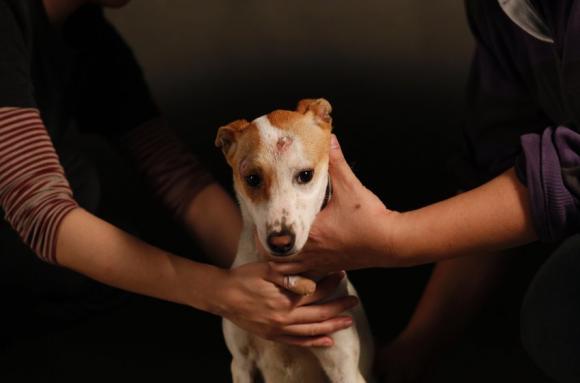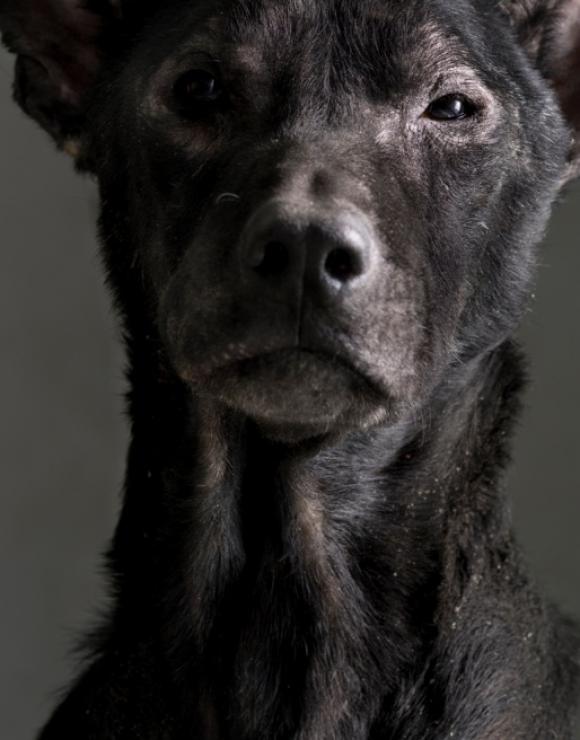
09/23/2011, Taiwanese Public Animal Shelter, Time until Euthanized: 1.1 Hours
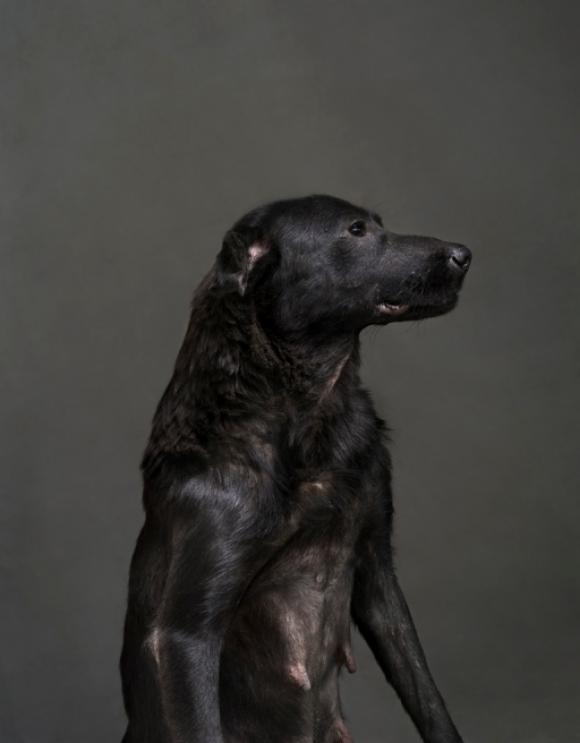
06/13/2011, Taiwanese Public Animal Shelter, Time until Euthanized: 40 Minutes
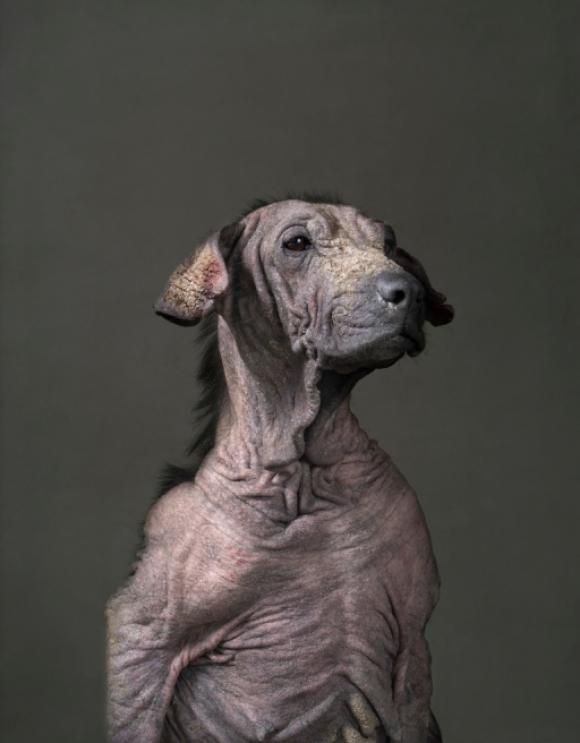
10/24/2011, Taiwanese Public Animal Shelter, Time until Euthanized: 1.9 Hours
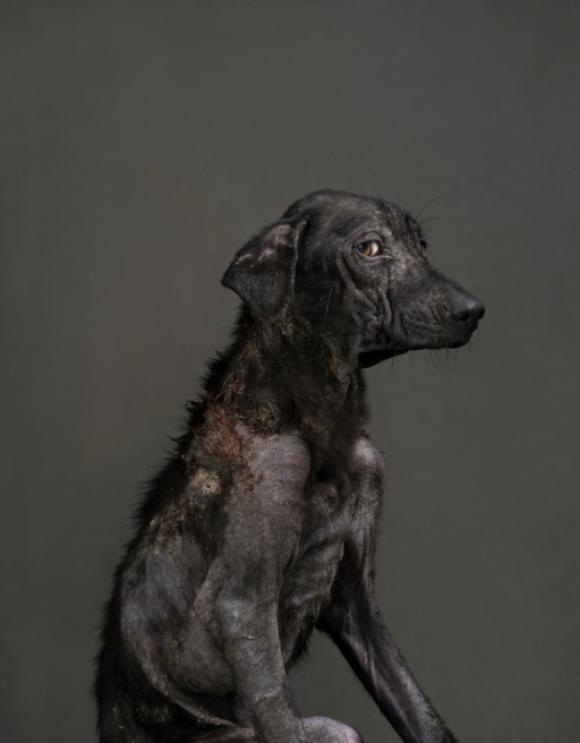
11/28/2011, Taiwanese Public Animal Shelter, Time until Euthanized: 1.2 Hours
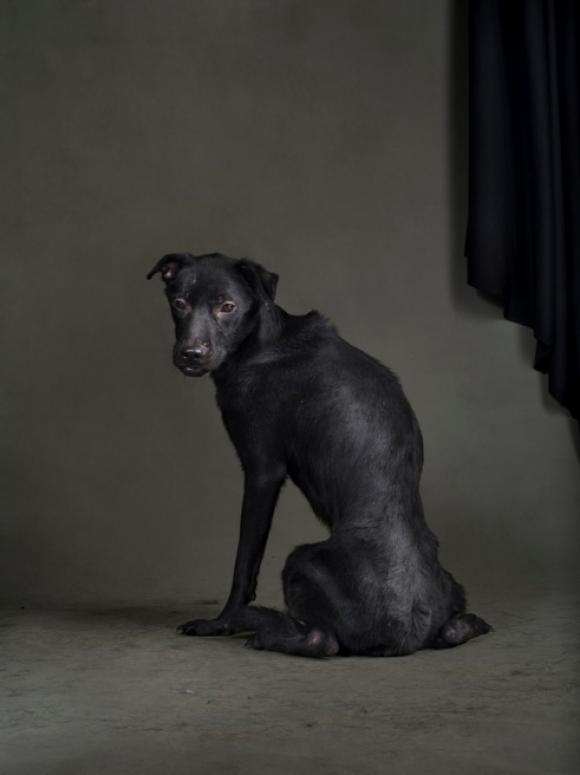
03/07/2011, Taiwanese Public Animal Shelter, Time until Euthanized: 13.2 Hours
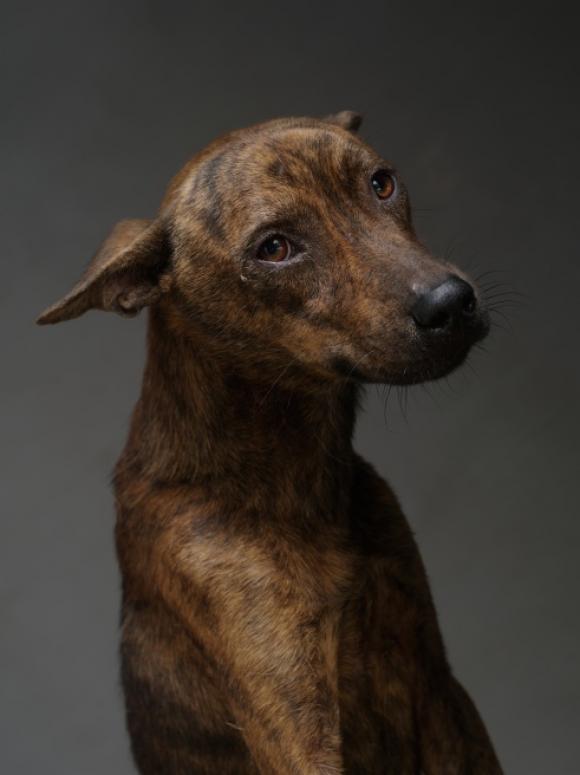
08/01/2011, Taiwanese Public Animal Shelter, Time until Euthanized: 29 Minutes
Sein Blick bricht mir mein Herz!
Manchmal liegt das Materiel zu einem Blogbeitrag lange in der digitalen Schublade, bevor ich zu Schreiben beginnen. Meist deshalb, weil mich die Thematik so schmerzhaft bewegt, dass ich nicht beginnen kann. Dazu gehört der Bereich aller für die Kunst getöteten Tiere.
Einen umgekehrten Weg schlägt Yun-Fei Tou mit seiner Fotoserie "Memento mori" ein. Nicht Töten für die Kunst, sondern den Augenblick vor dem Tod mit künstlerischen Mitteln festhalten, um die Hunde dem Vergessenwerden zu entreißen. Und um unser Herz zu berühren: In welcher Welt leben wir, die für Tiere fast immer nur den durch Menschen vollzogenen Tod vorsieht! Yun-Fei Tou fotografiert Hunde wenige Stunden vor ihrer Ermordung in einem taiwanesischen Tierheim.
Ich bin im Februar 2012 das erste Mal auf ihn gestoßen, im Blog Our Hen House - ein weiteres Mosaiksteinchen an Wissen und Ohnmacht seiher in meinem Hinterkopf.
Auf fotovisura schreibt Yun-Fei Tou über sein Projekt:
These images record the last moments of life for some dogs found in public pounds run by governmental agencies in Taiwan. These portraits are taken on the very day in which the animal depicted is about to be put down or mercifully killed. These images are but a small fraction of the total body of work in this ongoing project.
Utilizing the classic portrait style that originated in the early 19th century with the birth of photography as an art form these photographs offer the viewer a chance to look attentively into a bleak future. These dogs are essential dead and their souls are hours, minutes away from non-existence. These portraits reflect a formal construct or platform through which the viewer and the dog “communicate” using exchanged gazes to create a forced contemplation.
Photographic images allow us to contemplate. Through contemplation we gain an understanding of the uniqueness and nobility of life. Through contemplation we understand how chaotic and disordered the world has become.
The tyranny of human has caused and today is still causing an amount of pain and suffering over nonhuman animals. Nonhuman animals should be treated as independent sentient beings that they are, and not as a means to human being.
People should consider animal rights as a moral issue rather than appealing to emotional affection. As Peter Singer wrote in his Animal Liberation, “The portrayal of those who protest against cruelty to animals as sentimental, emotional “animal-lovers” has had the effect of excluding the entire issue of our treatment of nonhumans from serious political and moral discussion.”
The purpose of this project is to arouse people’s awareness of animals rights and make people think through, carefully and consistently, the question of how we ought to treat nonhuman animals. The animals themselves are incapable of demanding their own liberation, or of protesting against their condition with votes, demonstrations, or boycotts. We have to speak up on behalf of those who cannot speak for themselves.
The photographic image is merely a vehicle of communication that can lead to a better understanding of a situation, an event, of ourselves and of the world around us.
In viewing these specific images, one looks directly into the eyes of the dog and the dog looks back. These images reflect the last opportunity to look. This is a final and decisive moment. Death is eminent and all that is asked of the viewer is to engage, to recognize the common bonds and to honor the resemblances between our lives.
Man kann ihm gar nicht genug dafür danken, dass er die Kraft aufbringt, das durchzustehen. Der Gedanke alleine lässt mich verzweifeln. Yun-Fei verbringt manchmal mehrere Stunden mit den Hunden, geht mit ihnen spazieren oder trägt sie in den Armen, gibt ihnen vielleicht das erste und letzte Mal in seinem Leben Wärme und Zuneigung, erst dann fotografiert er sie, ohne Käfig, ohne Leine, sodass nur die Seele und die Persönlichkeit der Tiere zu uns spricht. Dann begleitet er die Hunde, wenn sie getötet werden. Zweimal wöchentlich und das seit über zwei Jahren steht er den Hunden in ihren letzten Minuten bei.
Jeder Hund, der nicht innerhalb von 12 Tagen aus den staatlichen Tierheimen abgeholt wird, muss sterben, etwa 80 000 jährlich alleine in Taiwan.
Eine Fotostrecke auf Spiegel Online zeigt den Fotograf und Tierrechtler bei seiner unsäglich traurigen Arbeit:
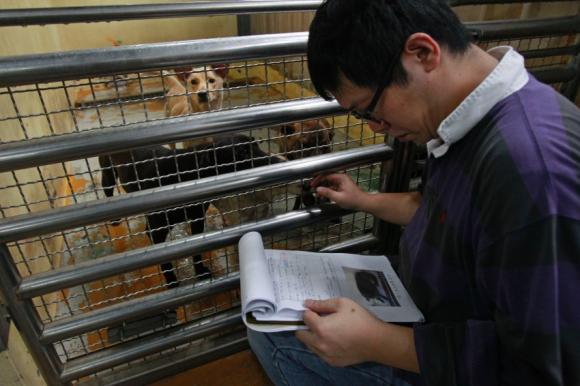
Tou sieht auf einer Liste nach, welche Hunde an diesem Tag getötet werden
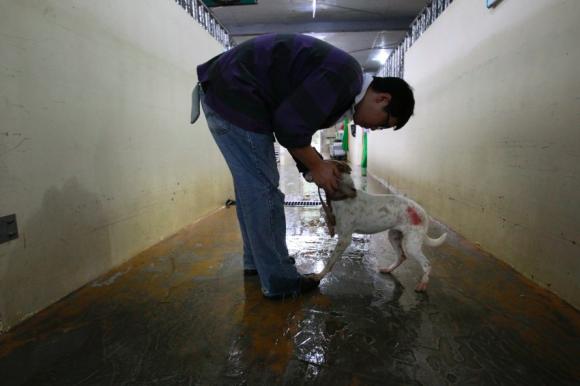
Begrüßen und Streicheln auf dem Tierheimgang, ein Foto, dann wird der Hund umgebracht
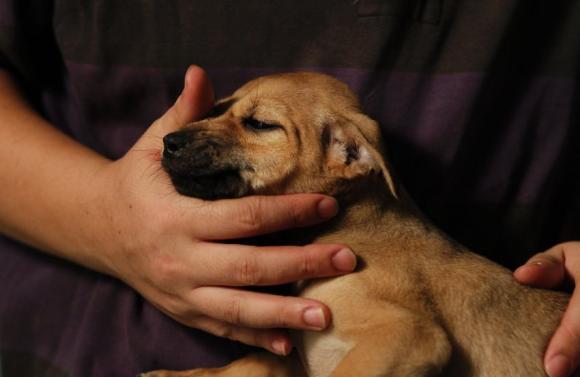
Manche sind erst wenige Monat alt
Mehr Informationen zu Yun-Fei Tou auch auf Focus Taiwan
alle Fotos © Yun-Fei Tou

